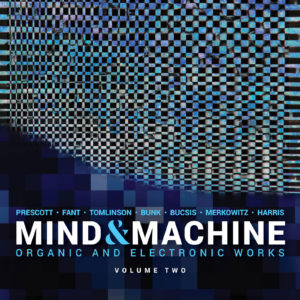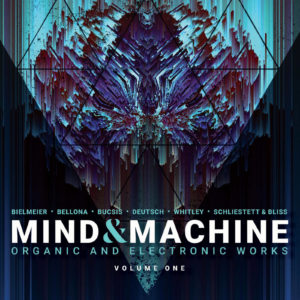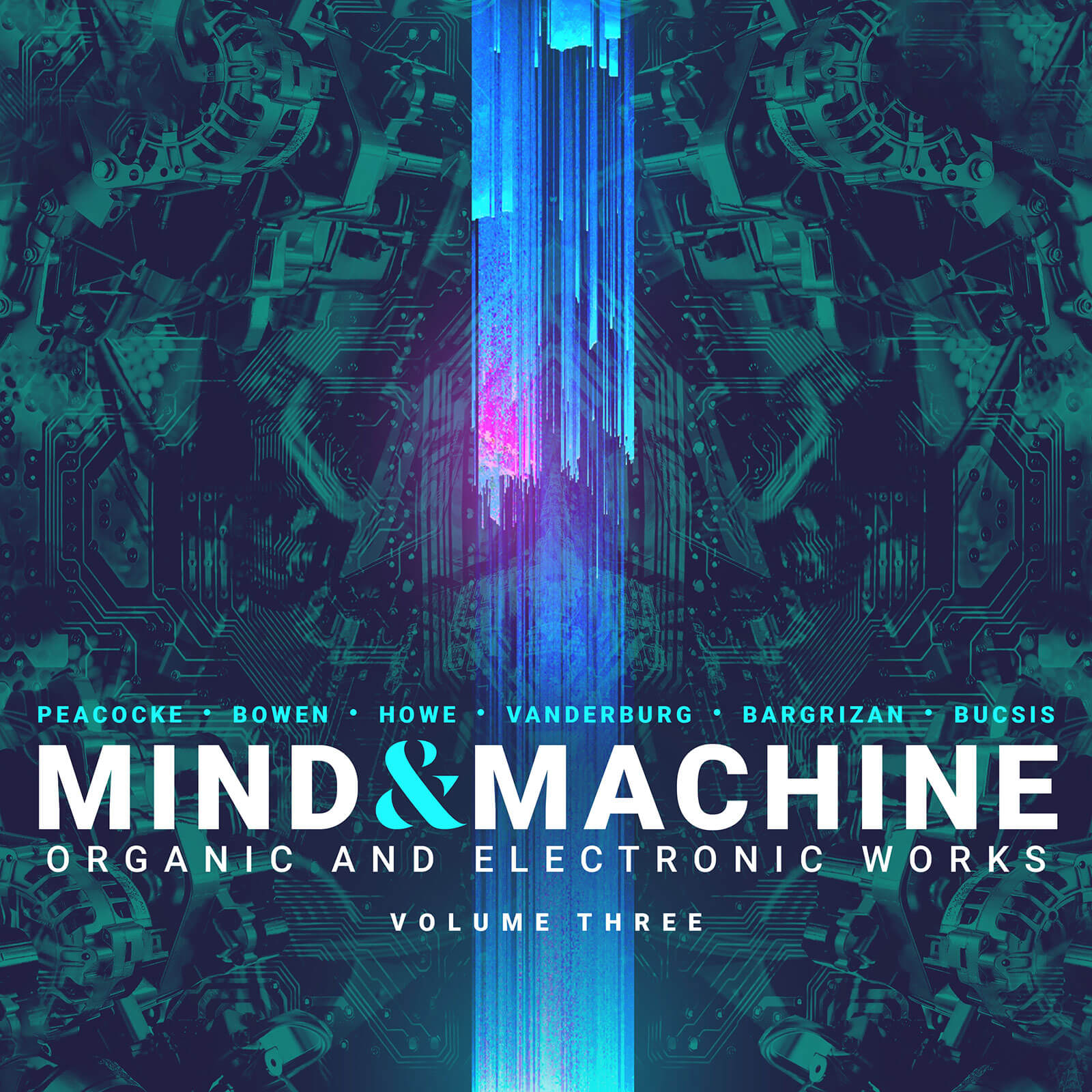
Share Album:
Mind & Machine, Volume Three
Gemma Peacocke composer
Jeffrey Bowen composer
Hubert Howe composer
Kyle Vanderburg composer
Navid Bargrizan composer
Julius Bucsis composer
MIND & MACHINE VOLUME THREE offers a new look into the Ravello Records series of electro-acoustic and electronic music lauded by critics as “interesting and captivating” (Cinemusical). This latest edition features an array of composers and sound-artists who offer his or her own striking exploration into the means by which technology can be used to alter time and form to create entirely new musical experiences.
Listen
Stream/Buy
Choose your platform
Performance Video
Jeffrey Bowen – What Will Sound (was already sound)
Track Listing & Credits
| # | Title | Composer | Performer | |
|---|---|---|---|---|
| 01 | Skin (Version for Alto Saxophone & Electronics) | Gemma Peacocke | José Antonio Zayas Cabán, alto saxophone; Gemma Peacocke, electronics | 7:02 |
| 02 | What Will Sound (Was Already Sound) | Jeffrey Bowen | Maja Cerar, violin; Jeffrey Bowen, electronics | 9:14 |
| 03 | Improvisation on the Undertone Series | Hubert Howe | Hubert Howe | 7:38 |
| 04 | Creatures from the Black Bassoon | Kyle Vanderburg | Kyle Vanderburg | 8:33 |
| 05 | Lava Ilogica (Version for Electronics) | Navid Bargrizan | Navid Bargrizan | 9:48 |
| 06 | Yellow | Julius Bucsis | Julius Bucsis | 3:04 |
SKIN
Recorded 2019 at the University of Iowa School of Music Recital Hall in Iowa City IA
Recording Engineer James Edel
WHAT WILL SOUND (WAS ALREADY SOUND)
Recorded March 1, 2020 at Oktaven Audio in Mount Vernon NY
Session Producer & Engineer Ryan Streber
Assistant Engineer Edwin Huet
IMPROVISATION ON THE UNDERTONE SERIES
Performed, recorded, and engineered by Hubert Howe
CREATURES FROM THE BLACK BASSOON
Recorded December 7, 2011 at The University of Oklahoma in Norman OK
Performed, recorded, and engineered by Kyle Vanderburg
LAVA ILLOGICA
Recorded 2016 at the University of Florida‘s Electronic Music Studio in Gainesville FL
Recorded and engineered by Navid Bargrizan
YELLOW
Recorded March, 2011 at the composer’s home studio in Williamstown NJ
Performed, recorded, and engineered by Julius Bucsis
Executive Producer Bob Lord
Executive A&R Sam Renshaw
A&R Director Brandon MacNeil
A&R Quinton Blue, Jacob SMith
VP, Audio Production Jeff LeRoy
Recording Sessions Director Levi Brown
Audio Director, Editing & Mixing (track 2) Lucas Paquette
Mastering Shaun Michaud
VP, Design & Marketing Brett Picknell
Art Director Ryan Harrison
Design Edward A. Fleming
Publicity Patrick Niland, Sara Warner
Artist Information

Gemma Peacocke
Composer Gemma Peacocke grew up in Hamilton, New Zealand, and she moved to the United States in 2014. She writes a broad range of music including art-pop songs, EDM-inspired tracks and orchestral music. She has a particular love of interdisciplinary work and often collaborates with artists, writers, and theatre designers.
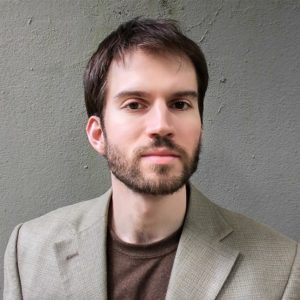
Jeffrey Bowen
Jeffrey Bowen is a composer and guitarist currently living in Seattle, Washington. His compositions feature gradually evolving processes and explorations of liminal spaces, and have been performed by Pascal Gallois, Maja Cerar, Beta Collide, Ensemble DissonArt, and the Luminosity Orchestra, among other ensembles in the USA and Europe.
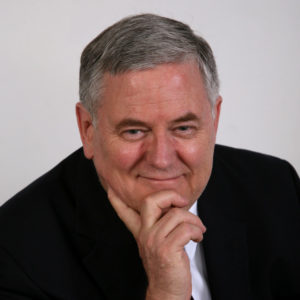
Hubert Howe
Hubert Howe was born in Portland, Oregon and grew up in Los Angeles, California, where he began his musical studies as an oboist. He was educated at Princeton University, where he studied with J. K. Randall, Godfrey Winham and Milton Babbitt, and from which he received the A.B., M.F.A. and Ph.D. degrees. He was one of the first researchers in computer music, and became Professor of Music and Director of the Electronic Music studios at Queens College of the City University of New York. He also taught at the Juilliard School from 1974 through 1994. In 1988-89 he held the Endowed Chair in Music at the University of Alabama in Tuscaloosa. From 1989 to 1998, 2001 to 2002, and Fall 2007, he was Director of the Aaron Copland School of Music at Queens College.
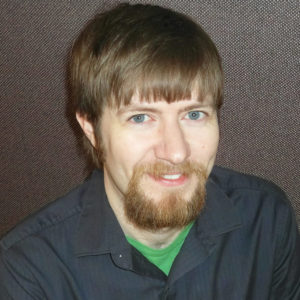
Kyle Vanderburg
Composer and Sound Artist Kyle Vanderburg (b. 1986) grew up in southeast Missouri where the Ozark foothills meet the Mississippi River valley. Raised on southern gospel and American hymnody, his music walks the line between eliciting nostalgia and devising innovative sonic worlds. His electronic works often play with familiar sounds in new contexts (like a teakettle that turns into a thunderstorm, or duct tape that brings about the apocalypse); his acoustic works feature memorable melodies and a very fluid sense of time.
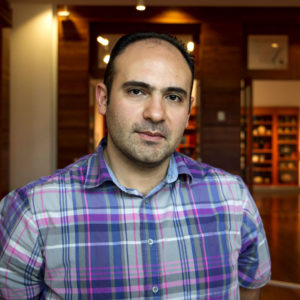
Navid Bargrizan
Nearly all of Navid Bargrizan’s compositions explore intonational and tuning concepts, ranging from just intonation and extended equal temperaments (e.g. 24-tone or 36-tone equal temperament) to various microtonal concepts adopted from diverse musical cultures. Since 2014, his experiments with microtonality have resulted in 13 premieres and more than 40 performances of his works in the United States, Canada, Germany, and Austria, including at New York City Electroacoustic Music Festival, Toronto International Electroacoustic Symposium, Eastern Music Festival, Florida Contemporary Festival, and conferences of the Society of Composers, Inc.
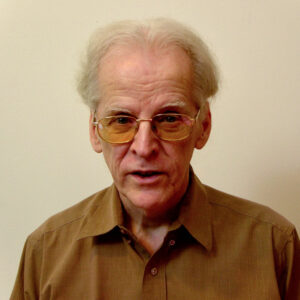
Julius Bucsis
Julius Bucsis is an award-winning composer, electric guitarist, and visual artist. His compositions span a range of genres and include works for acoustic and electric instruments as well as computer generated audio and video. Since 2011 his works have been presented at almost 200 events across the world. His compositions have been included on albums released by Ablaze, Ravello Records, RMN Classical, and Soundiff. He received a Doctor of Arts degree from Ball State University.

José Antonio Zayas Cabán
Recent winner of the New Music USA Project Grant, and now McKnight Fellow, has presented performances and taught master classes throughout Europe, the Caribbean, and North America. A native Puerto Rican (born and raised in Mayagüez PR) and musician activist, Zayas Cabán now resides in Minneapolis MN and is building an artistic career focused on developing projects, albums, and collaborations that address, respond to, and raise awareness about current events and social issues.
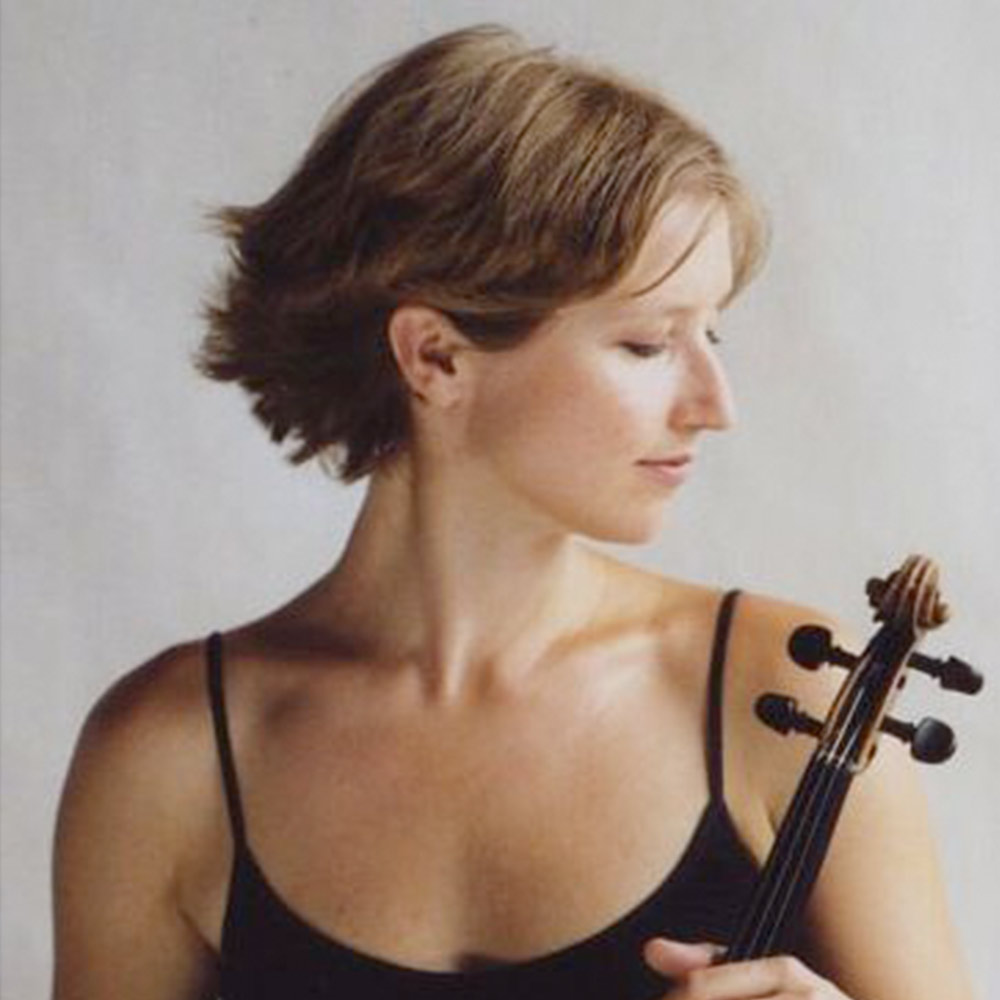
Maja Cerar
Violinist Maja Cerar’s repertoire ranges from the Baroque to the present, and her stage experience includes performances with live electronics as well as theater and dance. Since her debut in the Zürich Tonhalle in 1991, she has performed internationally as a soloist with orchestras and given recitals with distinguished artists. She has played at festivals such as the Davos “Young Artists in Concert,” Gidon Kremer’s Lockenhaus Festival, the ISCM World Music Days in Ljubljana, the ICMC (Singapore, Barcelona, New York, Texas), SEAMUS (Texas, Arizona, Florida), the “Viva Vivaldi” festival in Mexico City, and numerous others. In 2016, she was the featured performer at the New York City Electroacoustic Music Festival, an event of the New York Philharmonic Biennial, and in 2019 she was a featured performer at the Diffrazioni Multimedia Festival in Florence, Italy. Her collaborative works have been featured at the “Re:New Frontiers of Creativity” symposium celebrating the 250th anniversary of Columbia University and “LITSK” festival at Princeton University. Since 2014 she has also created her own works, fostered by The Tribeca Film Institute’s “Tribeca Hacks” and by the Future Music Lab at the Atlantic Music Festival, involving robotics and wearable motion sensors. Maja Cerar has premiered and recorded numerous works written for and dedicated to her. She has worked with many composers, including Jean-Baptiste Barrière, Sebastian Currier, R. Luke DuBois, Beat Furrer, Elizabeth Hoffman, György Kurtág, Alvin Lucier, Katharine Norman, Yoshiaki Onishi, Morton Subotnick, and John Zorn. She graduated from the Zurich-Winterthur Conservatory and earned a Ph.D. in Historical Musicology from Columbia University, where she is currently a member of the Music performance faculty.

